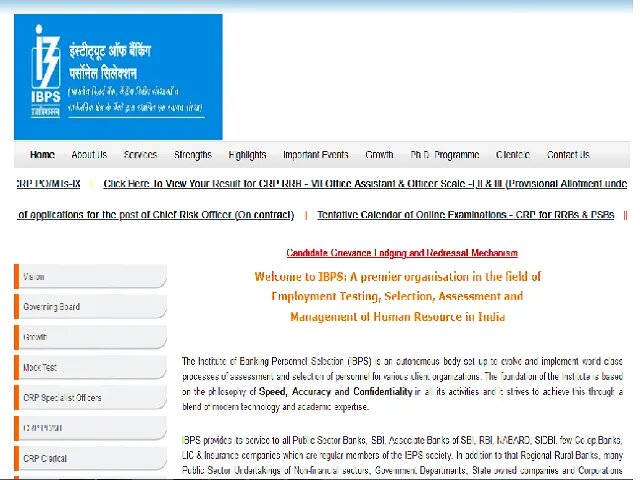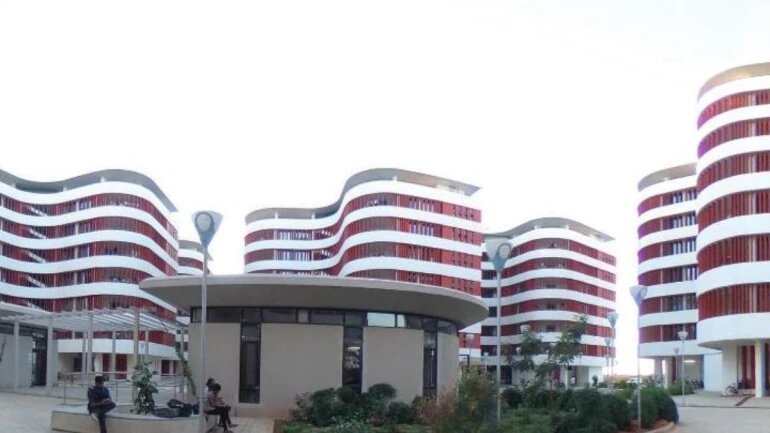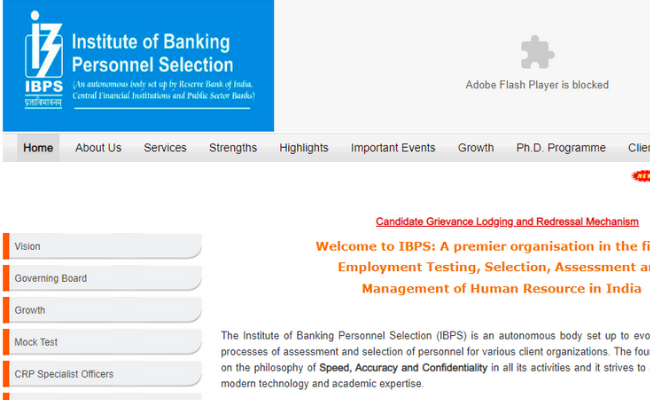Source – indiatoday.in
Dr Amrita Datta, Assistant Professor of Development Studies, Department of Liberal Arts, IIT Hyderabad, has found that 78 per cent of all migrants from Rural Bihar went towards an urban destination. Those in the upper end of the social and economic hierarchy in villages are disproportionately represented in the rural-urban migrations.
Characteristics of migrants
These migrant workers are more educated and tend to step out of the village without having worked at all in the local rural economy. This relatively better off migration stream contrasts with the other, more precarious migration stream in which workers predominantly undertake manual work, and when they migrate, they are more likely to work in rural areas.
Instruments of study
These differentiated migrant labour markets pathway suggest that social and economic hierarchies in source regions are translated in destination regions. Where one is located in the social and economic ladder in the village determines what kind of work she/he will undertake at the destination of migration.
Name of the study
Titled ‘Poverty, Migration and Development in rural Bihar,’ this study was undertaken by Dr Amrita Datta, Assistant Professor of Development Studies, Department of Liberal Arts, IIT Hyderabad. This work has been done in collaboration with the Institute for Human Development, New Delhi and supported by Indian Council of Social Science Research.
Highlighting the importance of such studies, Dr. Amrita Datta said, “This study is important in a context where migration from rural Bihar is significant, but it remains an understudied area of research, and little is known about its magnitude, patterns and processes. The broad objectives of this research were to study the socio-economic attributes of migration; changes in the patterns of migration over time; linkages between poverty, migration and development; shifts in the sources of rural income, and the role of remittances therein.
Dr Amrita Datta added, “Based on a specially-designed migration module, information related to the migration destination was also collected to focus on the linkages between Bihar and rest of the Indian economy as well migrants’ social and political lives at the destination. In addition, data on return migration and permanent migration was also collected.”
Outcomes of study
Another major finding was that 98 per cent of return migrants reported that migration was beneficial.
At the same time, 9 in 10 such migrants did not desire to migrate permanently.
This cannot be seen a paradox, as material gains of migration come at the high cost of separation from family members.
People who participated in the research
A survey-based primary study was undertaken in 12 villages in 7 representative districts of Bihar, viz., Araria, Gaya, Gopalganj, Nalanda, Madhubani, Rohtas, and Purnia.
The current survey covered 9,737 individuals in 1,588 households, of which about two-thirds of the households were also studied earlier in 1998-99 and 2009-11.
Over time, the percentage of households with migrants increased from 45 per cent in 1999 to 62 per cent in 2011 to 65 per cent in 2016.
Thus, data from recent rounds suggest that Bihar’s high rates of migration may be stabilizing.
Source of income
That said, there has been a striking increase in the proportion of long-term migrants in total migrants; more than two-thirds of the migrants had migrated for 10 months or more in the year preceding the survey. These migrants work in a wide variety of occupations, predominantly in urban areas across India in its services-oriented economy in its burgeoning informal sector, and they remain delinked from rural labour markets in source regions.
For rural households, migration of its members is a pathway to higher incomes, and households with migrants reported a higher annual income than households without migrants. More than 90 per cent of all migrants sent remittances, and remittances comprised 55 per cent of the total income of households with migrants. That the share of remittances in total income was relatively higher among the poorer households demonstrates their critical dependence on this income source for their sustenance. Remittances were predominantly used in consumptive expenditures – food, education, health, but also sometimes invested in productive sources.
Low rate of relocation
While migration has increased and become longer-term, it remains circular; migrants eventually return to the village after having worked for a long time in distant labor markets. The survey reveals that permanent migration that entails relocation of the entire household from the village is very low. In the sample, only 39 households had permanently migrated.
What is the relationship between migration and income poverty?
In 2016, migration rates were the lowest in the bottom-most income quintile and kept increasing until the fourth quintile, only to fall again in the top income quintile. Over time, this pattern holds across all three waves: 1999, 2011 and 2016.
Thus, while there appears to be no linear relationship between migration and poverty, the data clearly shows that migration is the lowest among the poorest households.
Poverty, therefore, appears to be a constraining factor in the ability to migrate, at the bottom-most quintile, but not in subsequent income quintiles.


